Menu
As fall nears, property owners need to understand why leaves change color. Chlorophyll, a green pigment found in algae, plants, and cyanobacteria, plays an essential role in photosynthesis, allowing plants to absorb energy from light. However, temperatures in the fall break down chlorophyll, causing color changes in foliage. At the Driscoll Tree Service, we have seasoned arborists ready to help you understand why various colors characterize fall.
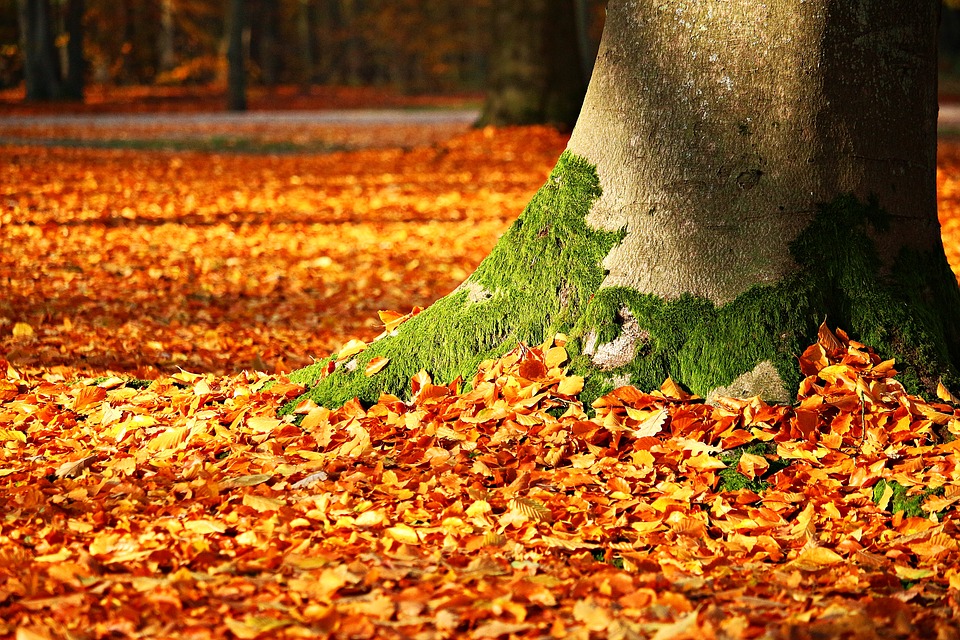

Chlorophyll, or the “green pigment,” is the lifeblood of plants. It causes the green coloration of leaves throughout the spring and summer months. The primary function of this green pigment is to capture light energy and convert it into chemical energy through photosynthesis, enabling plants to produce their food. During this process, carbon dioxide and water are transformed into glucose and oxygen, benefiting the plant and the environment.
As summer ends and temperatures change in the fall, the chlorophyll in the leaves breaks down. Several factors, including decreasing daylight hours and cooler temperatures, contribute to this breakdown. These environmental cues trigger a series of biological processes within the plant, leading to the gradual disintegration of chlorophyll molecules. If you don’t notice any changes in foliage colors in the fall, consult a dependable tree care company to inspect, detect, and diagnose the problem.
The transformation of leaves from vibrant green to a rich tapestry of red, orange, and yellow hues is a spectacle of nature. Let’s explore the science behind each of these distinct fall colors:
Green is the default color of most leaves during the growing season, mainly because of the dominance of chlorophyll. As long as chlorophyll is active, it masks other pigments in the leaves, resulting in a familiar green appearance. However, as the days grow shorter and temperatures drop, chlorophyll production decreases, allowing other pigments to shine through. As mentioned, it is normal to notice color changes in foliage but consult a tree service expert if your tree remains green in the fall.
The vibrant red hues seen on autumn leaves result from anthocyanin pigments. Anthocyanins are produced in response to various environmental factors, including sunlight and temperature fluctuations. When the days become shorter and cooler in the fall, anthocyanin production increases. These pigments cause the brilliant crimson and scarlet colors in trees like maple and dogwood. If your trees have red leaves in the summer, hire a tree care company to determine the cause and recommend a viable solution.
Orange leaves owe their shade to a combination of anthocyanin and carotenoid pigments. Carotenoids are present in the leaf throughout the year but become more apparent as the chlorophyll fades. Carotenoids produce orange and yellow colors, and their presence is particularly pronounced in the leaves of deciduous trees like oak and hickory. However, orange hues in other seasons besides fall can show an underlying problem, prompting an inspection by certified arborists.
Yellow leaves are primarily the result of carotenoid pigments. Carotenoids are always present in leaves, but the green chlorophyll masks them during the growing season. As chlorophyll breaks down in the fall, the yellow shade becomes more pronounced, leading to the brilliant gold and yellow shades in trees such as birch and aspen. If trees in your yard have yellow leaves before the fall, consult a reliable tree service expert to diagnose the problem. The last thing you want is severe damage or infection, causing premature tree removal.
The phenomenon of leaves changing color in the fall is a reminder of the intricate processes at play in the natural world. Chlorophyll’s role in photosynthesis is fundamental to the life of plants, but as the seasons transition, the breakdown of chlorophyll unveils a brilliant display of red, orange, and yellow pigments. Contact us at the Driscoll Tree Service and learn more about your trees from the experts. We offer various services, including pruning, trimming, and tree removal, at competitive rates.
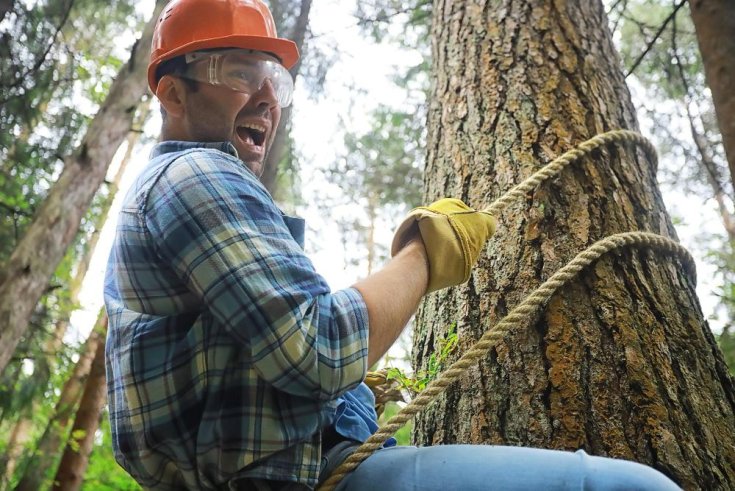
Tips to Avoid a Tree Service Scam Tree care and maintenance are essential parts of responsible homeownership, but finding a reputable tree service provider can be a daunting task. With all the companies out there, it is easy for unsuspecting…
Read More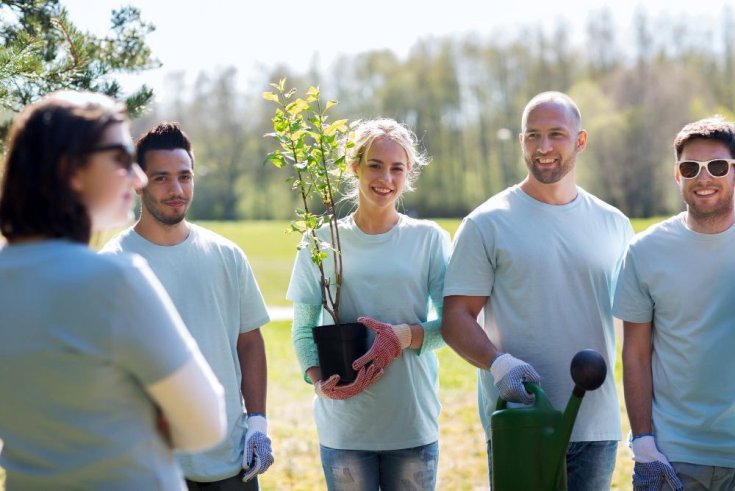
Why Trees Are So Important to Your Community As Arbor Day approaches, it reminds us of the significance of trees in our communities. Besides aesthetic appeal, trees are vital in enhancing the quality of life for humans and wildlife. From…
Read More
Caring for Your Tree’s Roots Planting a tree is a long-term investment, as most trees take several years to grow to their potential. While there are many ways to maintain maximum health, such as tree pruning and trimming, managing its…
Read More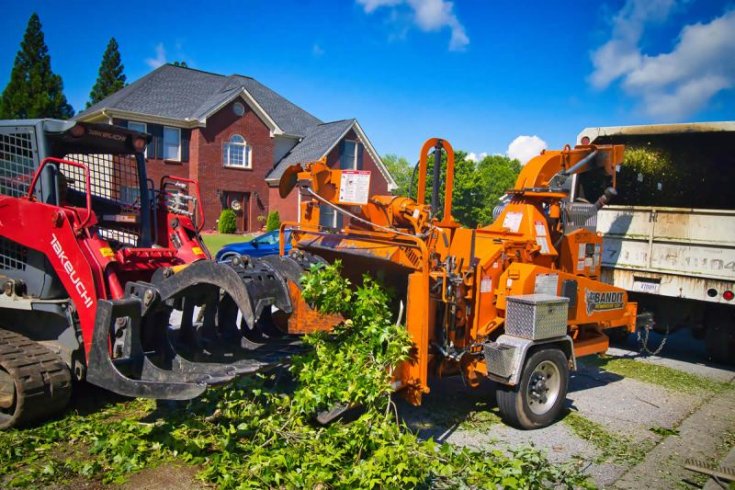
Deep Root Fertilization and Its Benefits Property owners usually focus fertilization efforts on their turf and forget that huge, shady trees also need a nutrition boost. However, the process is not as simple as sprinkling a handful of fertilizer around…
Read More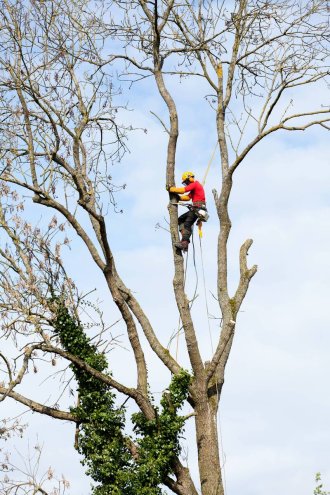
Fall Lawn and Landscape Care Tips As the vibrant colors of summer fade and fall begin to take over, it's essential to focus on lawn and landscape care. Fall is crucial for yard care as you prepare for the colder…
Read More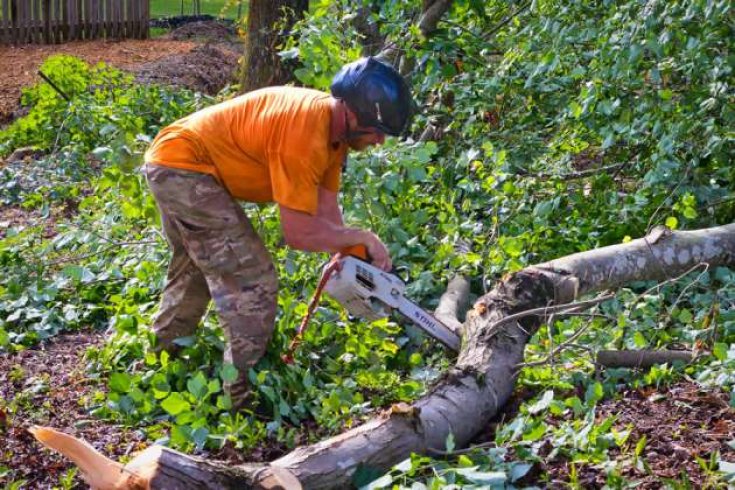
Tree Maintenance Tips to Prevent Property Damage Trees on your property can enhance its beauty and provide many environmental benefits. However, without proper maintenance by a professional tree care company, trees can become a liability, leading to property damage and…
Read More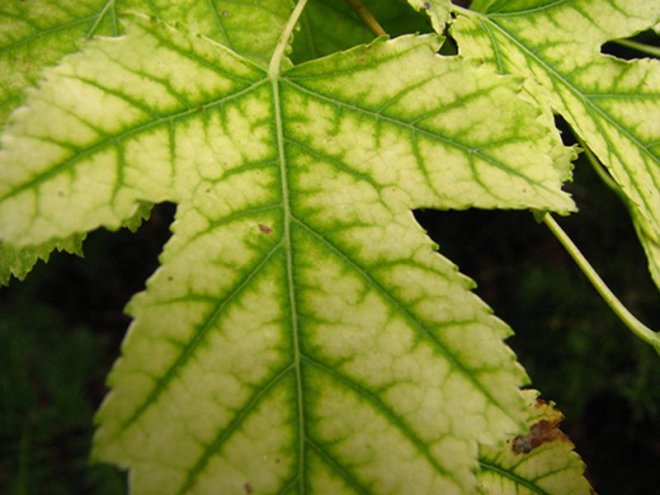
Iron Chlorosis in Trees Trees play a crucial role in the ecosystem, from purifying the air to improving curb appeal. However, many signs of tree damage go undetected, hence the need to schedule regular maintenance checks with a reputable tree…
Read More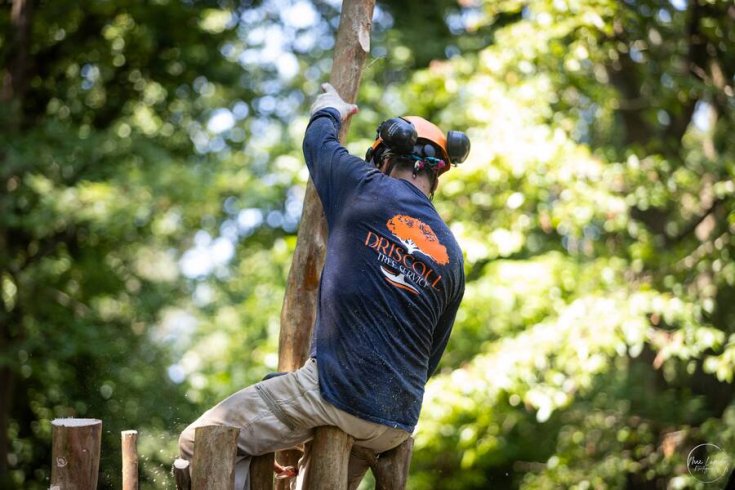
Why Tree Risk Assessment Is Important Trees are valuable assets that enhance the quality of your landscape and the ecosystem. These magnificent entities provide many benefits, including shade, beauty, and environmental benefits. However, they can experience structural deterioration or health…
Read More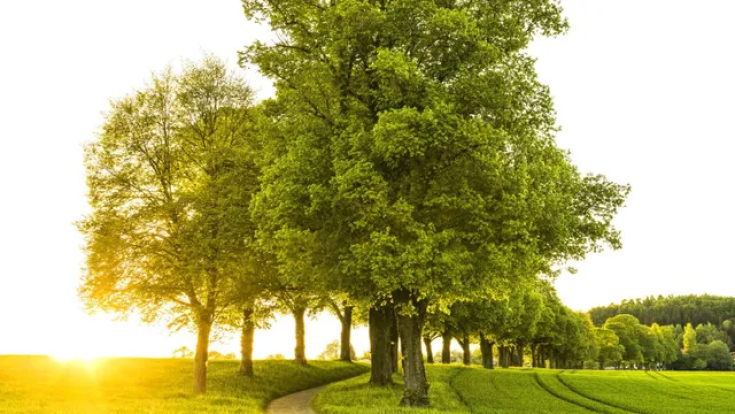
Essential Tree Care Tips for Every Season Trees require regular care and maintenance to thrive. However, different seasons call for specific care to prevent irreversible damage and premature tree removal emergencies. With that in mind, hiring a professional tree care…
Read More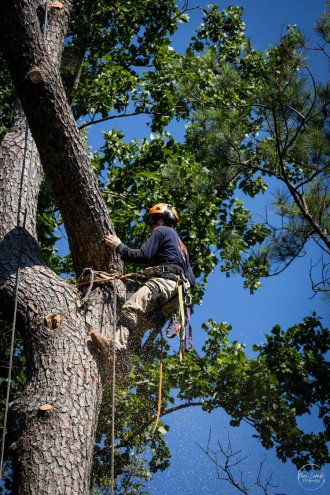
Have You Hurricane-Proofed Your Trees Yet? In the Southeast U.S., hurricanes aren’t just an occasional threat - they're a part of life. Georgia, in particular, faces frequent tropical storms and hurricanes that bring high winds, heavy rain, and the potential…
Read More